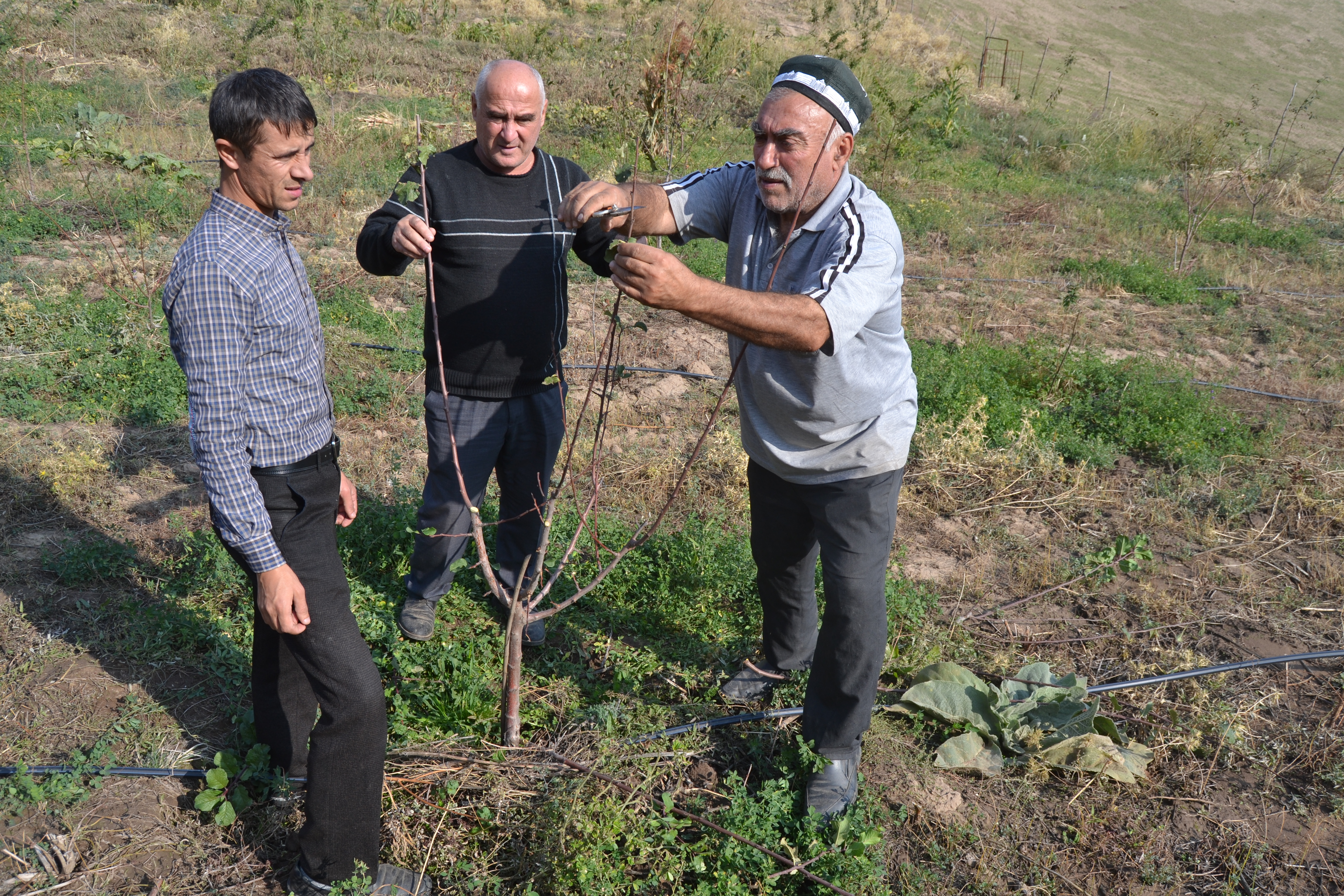

In order to develop good quality fruit yields and to enable the association of fruit growing with vegetable or fodder production in the long-run, optimal fruit tree formation is vital. From the beginning of their lifecycle, fruit trees should be formed by pruning, binding up and spreading branches. For building up stable and light-flooded trees, skeleton and fruit branches should be clearly differentiated. In the later stages of its lifecycle, maintenance pruning is used to remove superfluous fruit branches, shoots and deadwood. This allows sunlight to penetrate the inward of the tree, offering the conditions to produce bigger fruits that taste better. When fruit trees become very high and quality of fruit decline, they can be rejuvenated through rehabilitation pruning. Adequate pruning also can prevent pests and diseases, as is ensures that the trees are not too dense, and wind can pass through. The surface of leaves will consequently dry quickly after rain or dewfall and consequently spores of diseases as powdery mildew will not germinate.
An exemplary orchard with adequately pruned trees which produce high-quality fruit serves as motivation for farmers to replicate this seemingly easy, yet very important technique. Small incentives, such as pruning scissors and saws distributed during the practical parts of the training sessions have also proved to be very motivating.
Most farmers in Tajikistan lack knowledge about adequate pruning, which is why quantity and quality of fruit production as well as associated crops lags its potential. The experience shows that a single round of training might not be enough for the farmers to adopt adequate pruning techniques.